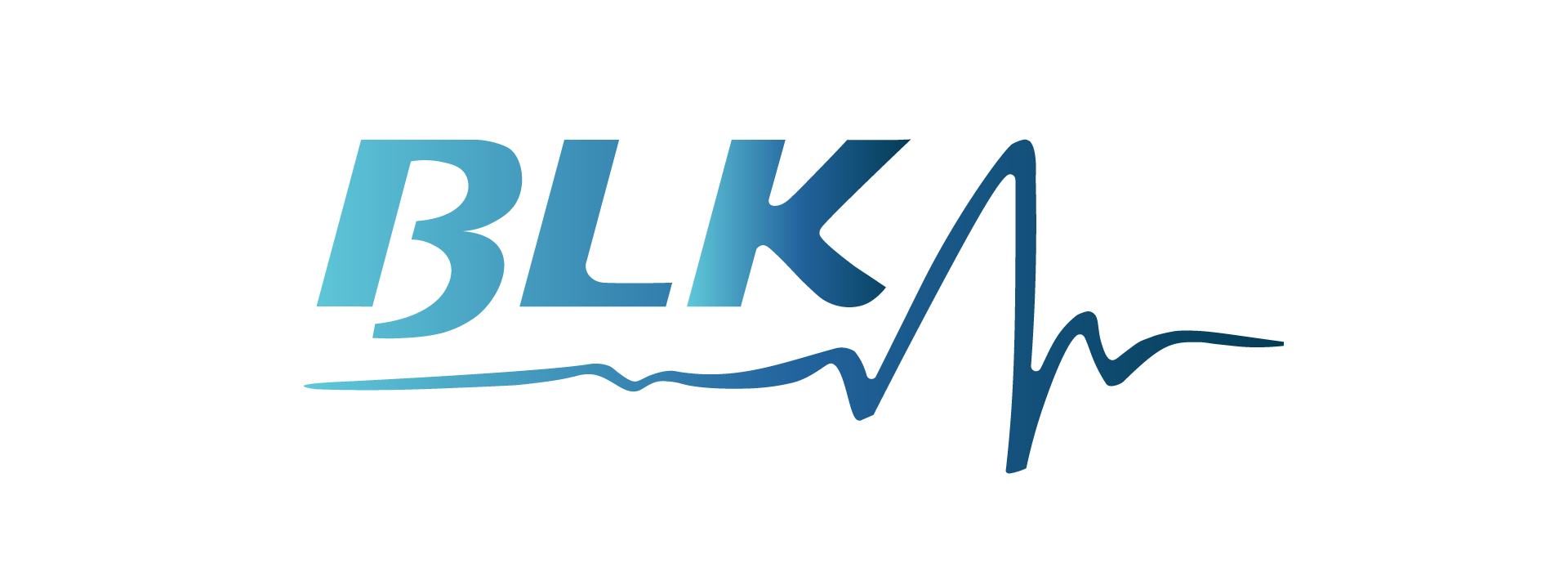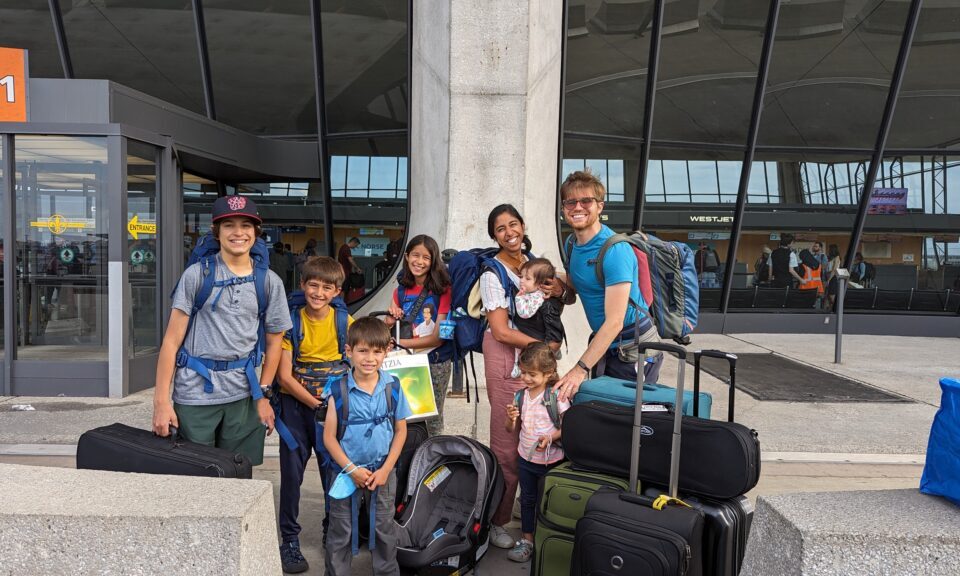Traveling is a thrilling experience, but it’s also unpredictable. One of the most overlooked travel concerns is preparing for a medical emergency abroad. Whether you’re a seasoned globetrotter or heading out on your first international trip, having a reliable plan in place can be a literal lifesaver.
In this guide, we walk you through a comprehensive checklist that every traveler should review before takeoff. Let’s dive in!
Understanding the Risks of Medical Emergencies While Traveling
Health emergencies can strike unexpectedly—food poisoning, injuries, allergic reactions, or even chronic disease flare-ups. When you’re far from home, unfamiliar medical systems and language barriers can make these situations even scarier.
Preparing in advance helps reduce panic and ensures you get prompt care without unnecessary complications.
Step 1: Research the Healthcare System of Your Destination
Before you travel, research your destination’s healthcare system. Some countries have world-class hospitals, while others may lack even basic medical infrastructure in rural areas.
Public vs. Private Facilities
Understand the difference between public and private healthcare in your destination. In many countries, private hospitals are better equipped and have shorter wait times but come with higher costs.
Access to English-Speaking Doctors
Look for hospitals or clinics with English-speaking staff. Websites like the International Society of Travel Medicine (ISTM) offer directories of certified travel clinics globally.
Step 2: Check Travel Insurance Coverage
Medical emergencies can be financially draining. Travel insurance helps cover the costs, including treatment, hospitalization, and medical evacuation.
What a Good Travel Insurance Should Cover
Ensure your policy covers:
- Hospital stays and treatments
- Emergency dental care
- Evacuation or repatriation
- COVID-19-related expenses
Emergency Evacuation and Repatriation
Medical evacuations can cost tens of thousands of dollars. Make sure your plan includes repatriation to your home country for further treatment if necessary.
Step 3: Compile a Personal Health Information File
Having your medical records on hand can expedite diagnosis and treatment abroad.
What to Include in Your Medical Records
- List of current medications and dosages
- Allergies and chronic conditions
- Previous surgeries or hospitalizations
- Emergency contacts
Digital vs. Physical Copies
Keep both. Store digital copies in a secure cloud folder and carry a printed version in your luggage.
Step 4: Consult Your Doctor Before You Travel
A pre-travel consultation is crucial, especially if you’re traveling to remote or high-risk areas.
Vaccinations and Preventive Medications
Make sure your vaccinations are up to date and ask about region-specific ones like yellow fever, typhoid, or malaria.
Managing Chronic Conditions Abroad
Discuss medication adjustments and ensure you have enough supply for your entire trip plus extras in case of delays.
Step 5: Pack a Travel Health Kit
A customized travel health kit is a traveler’s best friend.
Must-Have Medications and Supplies
- Pain relievers (acetaminophen, ibuprofen)
- Antihistamines and anti-diarrheal tablets
- Thermometer and bandages
- Hand sanitizer and antiseptic wipes
Customizing It for Your Destination
Include altitude sickness meds, mosquito repellents, or water purification tablets if needed.
Step 6: Understand Local Emergency Numbers and Services
Memorize or save the local equivalent of 911 in your destination.
Emergency Contacts and Helplines
Keep a list of:
- Local ambulance services
- Nearest hospitals
- Travel insurance helpline
Local Ambulance and Hospital Access
Check if your location has reliable ambulance services or if taxi transport is faster in emergencies.
Step 7: Know Your Medications and Regulations
Some medications legal at home might be restricted abroad.
Carrying Prescriptions Safely
Always carry medications in original packaging with your prescription or doctor’s letter.
Avoiding Restricted Medications Abroad
Check embassy websites or health ministry portals to verify drug regulations.
Step 8: Learn Key Health-Related Phrases in the Local Language
Being able to explain your symptoms can save time and confusion.
Communicating Symptoms Effectively
Learn phrases like:
- “I need a doctor.”
- “I’m allergic to penicillin.”
- “I have diabetes.”
Translating Allergy and Medical Condition Alerts
Use medical translation cards or apps to display your health info clearly.
Step 9: Register with Your Embassy
Your country’s embassy can offer valuable support during a crisis.
How Embassies Help During Medical Crises
They can help locate local medical care, contact your family, and assist with evacuation if needed.
Step-by-Step Registration Guide
Sign up via the embassy website or app before traveling.
Step 10: Set Up Emergency Communication Plans
Have a way to notify loved ones and keep them updated.
Notifying Loved Ones in an Emergency
Apps like WhatsApp, Find My iPhone, or Life360 help track your location and communicate fast.
Apps and Services for Real-Time Updates
Use apps like Air Doctor or GeoBlue to connect with doctors abroad.
Exploring Travel and Medical Assistance Services
When facing a medical crisis in an unfamiliar country, specialized assistance services can make all the difference. These services go beyond insurance by offering 24/7 support for logistical, medical, and even legal issues, helping travelers feel safer and more supported wherever they are in the world.
What Are Travel and Medical Assistance Services?
Travel and medical assistance services are often bundled with premium travel insurance policies or offered by standalone providers. These services act as a bridge between you, healthcare providers, and local authorities to streamline emergency support and coordination.
They typically include:
- 24/7 medical helplines staffed by doctors and nurses
- Referrals to trusted local hospitals and clinics
- Help with hospital admission and translation services
- Medical monitoring and coordination with your home doctor
- Emergency medical evacuation arrangements
- Assistance with lost passports, legal help, or rebooking flights
Why It Matters
In the event of a serious illness or accident, these services can:
- Save time by locating the nearest capable healthcare facility
- Reduce costs by helping avoid unnecessary hospital visits
- Alleviate stress through expert guidance and coordination
- Ensure continuity of care even after you return home
Preparing for COVID-19 and Other Contagious Diseases
Current Travel Guidelines
Check official government travel sites for health entry requirements.
Isolation and Quarantine Protocols
Be aware of testing and quarantine rules if you fall sick abroad.
Helpful Apps and Resources for Medical Emergencies Abroad
- Air Doctor
- MyTravelHealth
- Google Translate
- Red Cross First Aid App
What to Do During a Medical Emergency Abroad
- Remain calm.
- Call local emergency services.
- Contact your insurer or assistance provider.
- Notify your embassy if needed.
Post-Emergency Protocols
Filing Insurance Claims
Keep all bills, receipts, and medical reports. Submit them to your insurer as soon as possible.
Follow-Up Care Back Home
Schedule appointments with your doctor for any follow-up treatments.
Conclusion
Medical emergencies abroad are daunting, but preparation can make a world of difference. By following this comprehensive checklist, you’re not just protecting your health—you’re securing peace of mind.
Bon voyage, and stay safe!
FAQs
What medications should I pack?
Pack basic first-aid supplies, personal prescriptions, and region-specific medications.
What’s the first thing to do in a medical emergency abroad?
Call local emergency services and notify your insurer.
How can I avoid health issues while traveling?
Practice good hygiene, eat safely, and stay updated on vaccinations.




